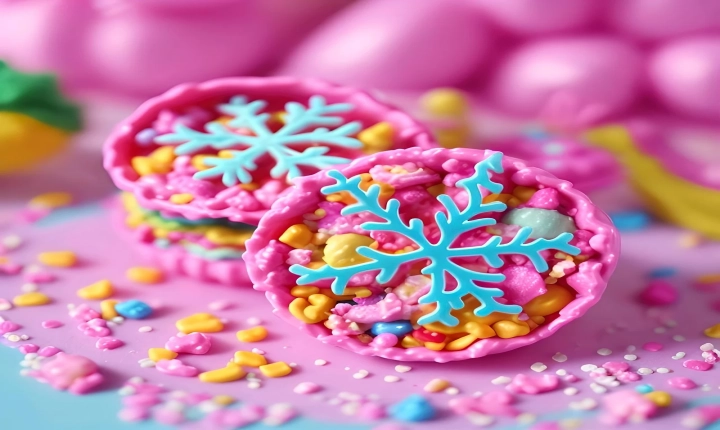Is AI Art Creative?
Art has long been viewed as a uniquely human endeavor, a form of creative expression that requires emotion, thought, and imagination. The creation of art has been seen as a deeply personal and introspective process, reflective of an artist’s unique experiences, ideas, and perspectives. So when we consider the role of artificial intelligence (AI) in creating art, it’s only natural to question whether AI can truly be considered creative.
Artificial intelligence, in the context of creating art, refers to the use of algorithms and computer programs to generate images, music, and other forms of artistic expression. The idea of AI-generated art raises fundamental questions about the nature of creativity and the role of human agency in the artistic process. Can a machine be creative? Can it produce something that is truly original and meaningful?
Proponents of AI-generated art argue that it can indeed be considered creative. They point to examples of AI algorithms creating visually stunning and thought-provoking images, composing music that elicits emotional responses, and even producing poetry and literature. These AI-generated works can often be indistinguishable from human-created art, blurring the line between what is considered “authentic” artistic expression and what is generated by a machine.
Critics, however, question whether AI-generated art can be truly creative, arguing that creativity is inherently tied to human consciousness and the ability to experience emotions, make choices, and have a personal connection to one’s work. They argue that AI lacks the capacity for genuine inspiration and the inherent understanding of cultural, historical, and social contexts that shape human creativity.
One of the central issues in the debate over AI art is the concept of intentionality. Can a machine have intentions and produce art with a meaningful message or purpose? Does AI art reflect the emotions, experiences, and beliefs of the creator, or is it merely an imitation of artistic styles and techniques?
There is also the question of whether AI-generated art challenges our traditional notions of creativity and authorship. When art is created by a machine, who should be credited as the artist: the programmer who designed the algorithm, the machine itself, or the entity that trained the AI with a dataset of existing artworks? These questions raise complex ethical and legal issues surrounding intellectual property and the ownership of creative works.
Despite these debates, the field of AI art continues to evolve and expand. Artists, programmers, and researchers are exploring new ways to merge the capabilities of AI with human creativity, using AI as a tool to enhance and inspire artistic expression rather than replace it. Some artists are embracing AI as a collaborator, incorporating AI-generated elements into their work to explore new aesthetic possibilities and push the boundaries of traditional art forms.
In conclusion, the question of whether AI art is creative is a complex and multifaceted issue that challenges our understanding of creativity, authorship, and the nature of artistic expression. While AI-generated art undoubtedly raises important philosophical and ethical questions, it also offers the potential to expand the boundaries of what we consider art and to stimulate new conversations about the role of technology in shaping our cultural and artistic landscape. As AI continues to develop and influence the creative process, it is clear that the relationship between technology and art will remain a topic of ongoing exploration and debate.
